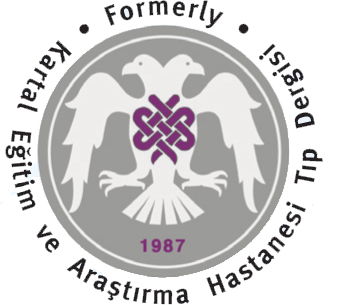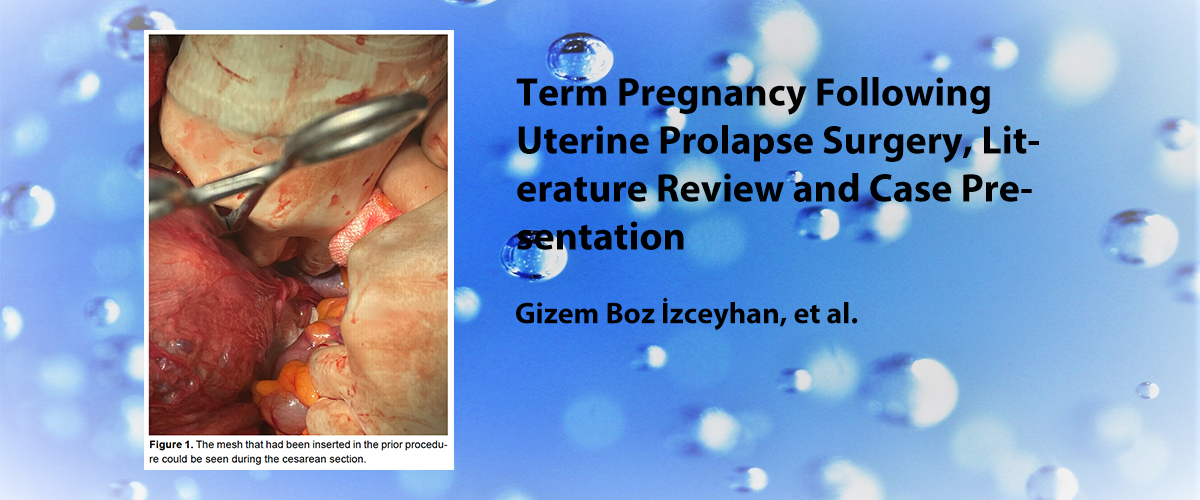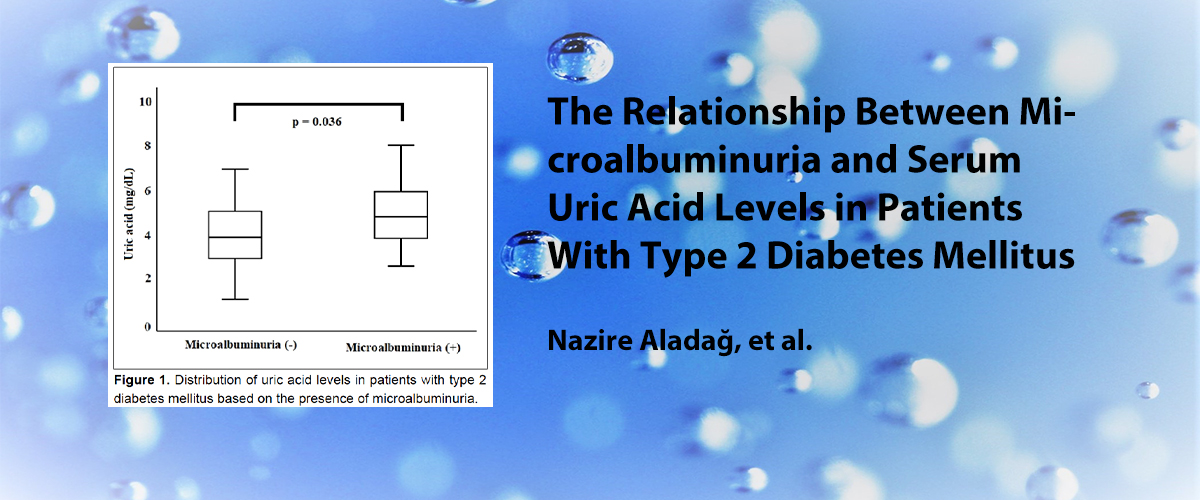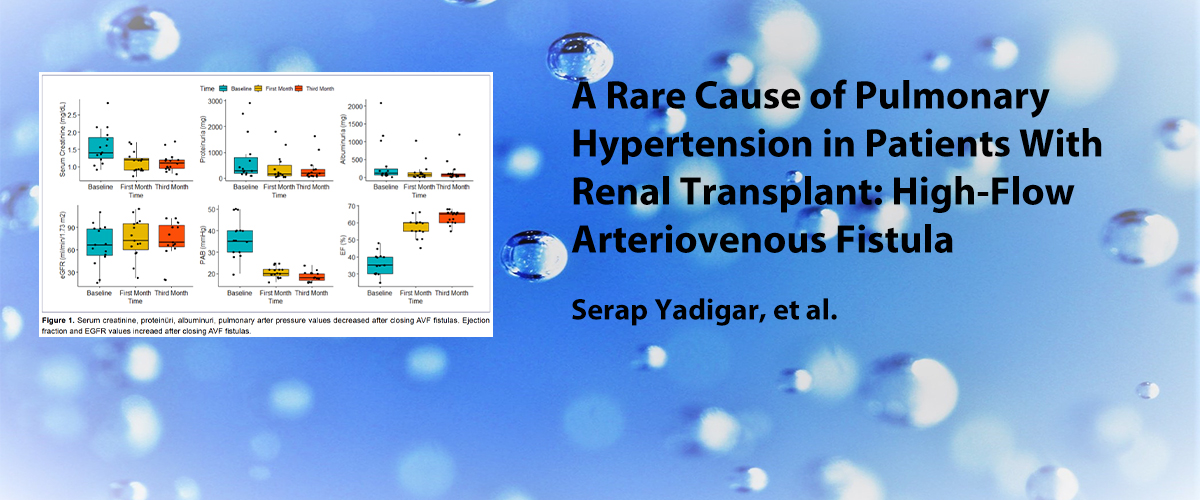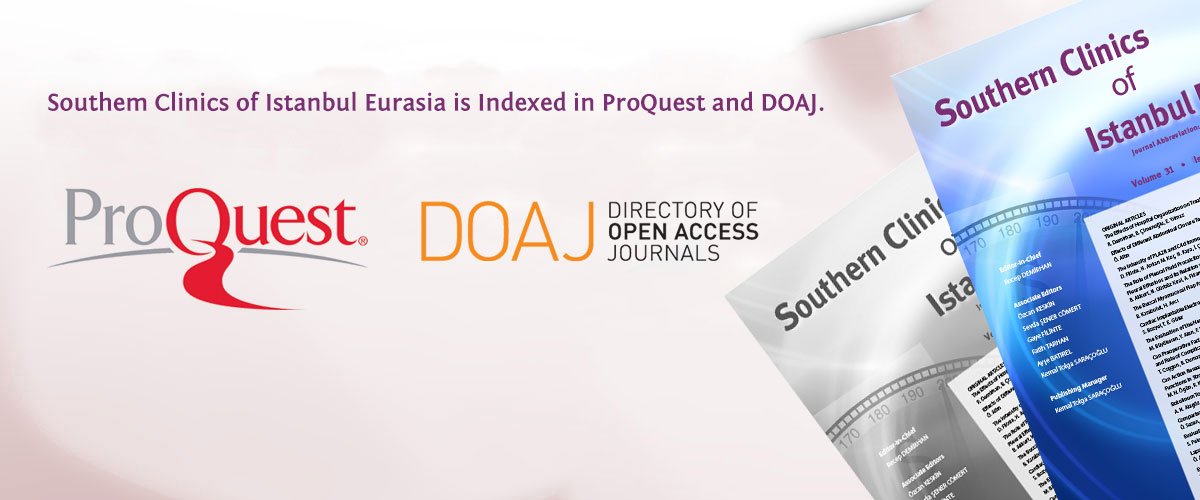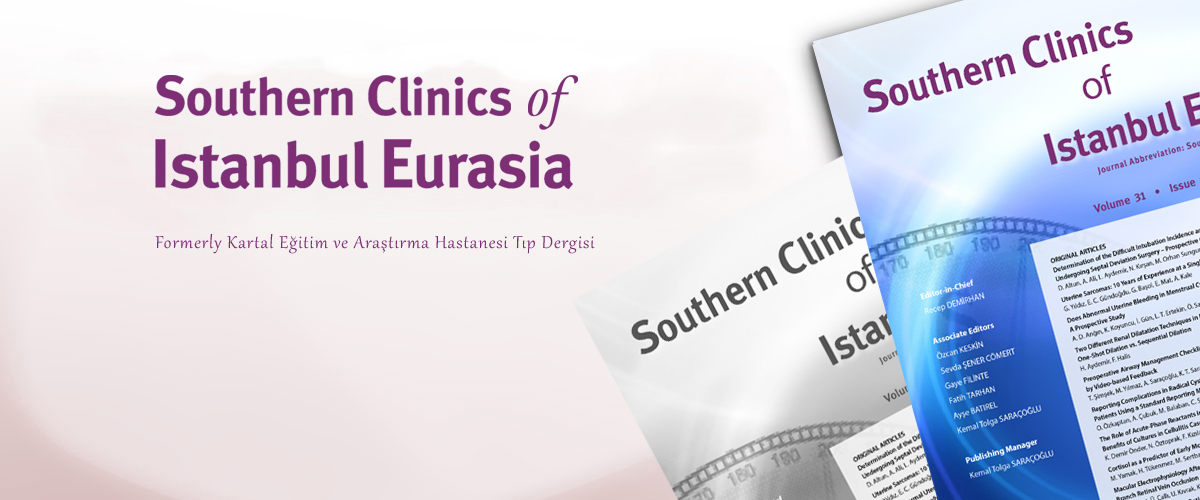ISSN : 2587-0998
SEZERYAN OPERASYONUNDA ANTİBİYOTİK PROFİLAKSİSİNİN İNFEKSİYÖZ MORBİDİTE ÜZERİNE ETKİSİ
Kenan Sofuoğlu1, Sadiye Eren1, Mehmet Uludoğan1, Yasemin Yakut1, Tansel Çetinkaya1Zeynep Kamil Kadın ve Çocuk Hastalıkları Hastanesi, Kadın Hastalıkları ve Doğum KliniğiSon yıllarda sezeryan operasyon oranı önemli bir artış göstermiştir. Yara infeksiyonu, endometrit ve üriner sistem infeksiyonu sezeryan sonrası en sık morbidite nedenleridir. Risk faktörleri arttıkça infeksiyon insidansı %85'lere ulaşabilmektedir. Bu nedenle infeksiyöz morbiditeyi önlemek için profilaktik antibiyotik kullanımını destekleyen birçok çalışma bildirilmiştir. Hastanemizde muhtelif endikasyonlarla sezeryan operasyonu uygulanmış, 78 olguda I.V. ampicillin + sulbactam'ın ve sefazolin-sodyum'un infeksiyöz morbidite üzerindeki etkisini kıyaslamak için prospektif yapılan çalışmada bir grup hastaya tek doz 2 gr ampicillin + sulbactam (umbilikal kord klempe edildikten sonra), diğer grup hastaya sefazolin sodyum (kord klempe edildikten sonra) 2 gr, sonra postop 6. ve 12. saatte 1 gr I.V. yoldan uygulandı. Birçok çalışmada sezeryan operasyonunda profilaktik antibiyotiğin gerekliliği kanıtlandığı için plasebo grup oluşturulmadı. Postop dönemde hastalar ateş, uterin hassasiyet, kötü kokulu loşi, üriner infeksiyon, insizyon yerinde ödem, hiperemi, endurasyon ve akıntı ile hospitalizasyon süresi açısından izlendi. Sonuç olarak her iki antibiyotik infeksiyöz morbiditeyi önlemede oldukça etkili bulundu. Gruplar birbirleriyle istatistiki açıdan kıyaslandığında aralarında anlamlı fark bulunmadı (p>0.05).
Anahtar Kelimeler: SEZERYAN, İNFEKSİYÖZ MORBİDİTE, PROFİLAKTİK ANTİBİYOTİKTHE EFFECT OF ANTIBIOTIC PROPHYLACSIS ON MORBIDITY IN CAESEREAN SECTION
Kenan Sofuoğlu1, Sadiye Eren1, Mehmet Uludoğan1, Yasemin Yakut1, Tansel Çetinkaya1Zeynep Kamil Kadın ve Çocuk Hastalıkları Hastanesi, Kadın Hastalıkları ve Doğum KliniğiIn the recent years the rate of caeserean section has significantly increased. Wound infection, endometritis and urinary system infections are the most common causes of morbidity following caeserean section. As the number of risk factors increased, the incidence of infection can rise up to 85 percent. There have been many studies supporting the use of prophylactic antibiotics to prevent this infectious morbidity. In our hospital we have prospectively studied 78 patients who have had caeserean section due to various indications to compare the effect of I.V. ampicillin + sulbactam and cefazolin sodium on the infectious morbidity. The first group of patients was given 2 g I.V. ampicillin + sulbactam following the damping of the umbilical cord during the operation and the second group was given I.V. cefazolin sodium, 2 g following the damping of umbilical cord, 1 g at 6 and 12 hours postpartum. In many studies the necessity of prophylactic antibiotics was proven, for this reason a placebo group was not formed. In postoperative periods, the patients were followed for fever, uterine tenderness, foul smelling lochia, urinary infection, edema, hyperemia, induration and discharge at he site of incision and for the duration of hospitalization. Consequently both of antibiotics were found to be effective in preventing infectious morbidity. When the groups were compared with each other statistically significant difference was not detected (p>0.05).
Keywords: CAESEREAN SECTION, INFECTIOUS MORBIDITY, PROPHYLACTIC ANTIBIOTICSMakale Dili: Türkçe

